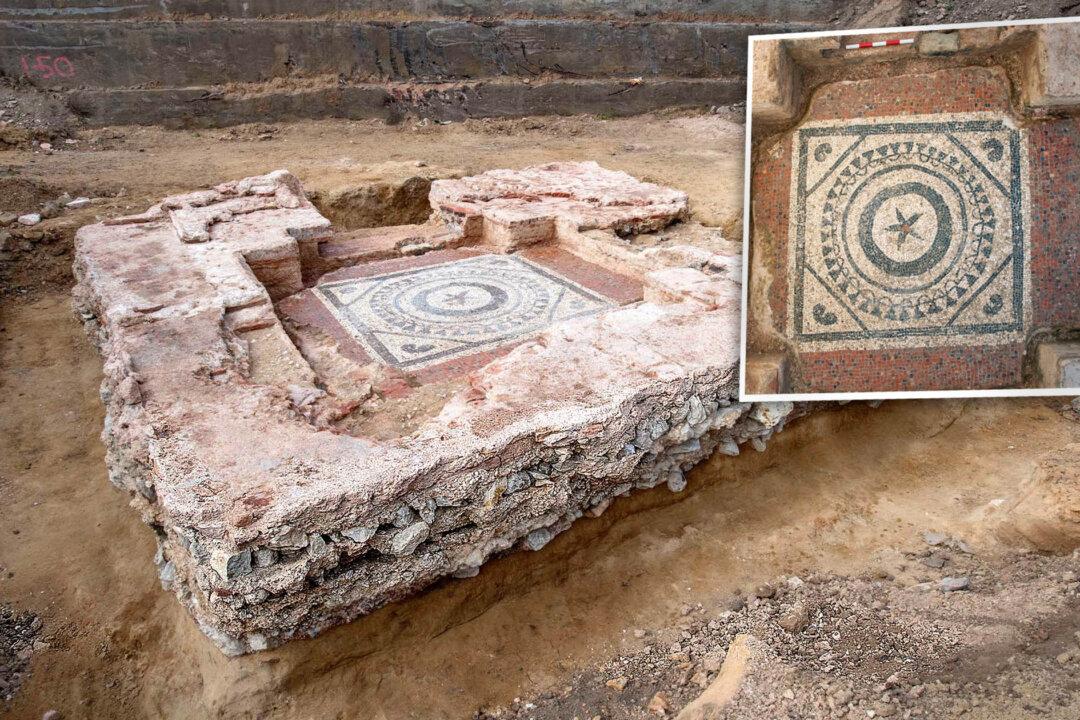Just a stone’s throw from London Bridge subway station at The Liberty of Southwark development site, a rare Roman mausoleum and mosaic floor in February 2022 was discovered, described by experts as “completely unique.”
Archaeologists from the Museum of London Archaeology (MOLA) worked alongside Landsec and Transport for London to uncover the historic find for preservation. It will be retained in the new development for public enjoyment.






